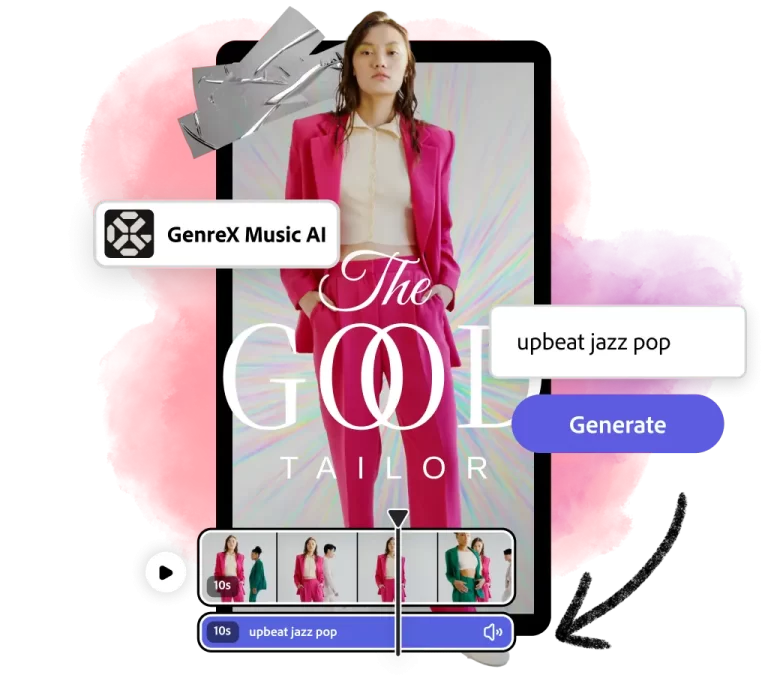In an era marked by increasing innovation, the lines of human creativity and technological engagement are no longer simply blurred—they’re becoming beautifully entwined. Visual art and literature, fashion and film, technology has begun to take on a supporting role in the development of the creative future. While this fusion welcomes questions of authenticity, authorship, and ethics, it also opens up an unprecedented doorway to expression and exploration.
Most revolutionary, perhaps, in this digital renaissance is the way it redefines the role of creator. No longer bound by medium or traditional methodology, artists today code as much as they compose, using algorithms and data to hone their craft or even generate entirely. As the walls between disciplines dissolve, we are on the threshold of a revolution of culture whereby machine intelligence is not just a tool, but a co-creative partner.
Creativity Reimagined
Creativity has traditionally been a quintessentially human endeavor—driven by emotion, experience, and intuition. Yet, in the last several years, advances in machine learning and neural networks have posed an extremely compelling counterpoint. Machines now paint like Van Gogh, compose architectural marvels, write poetry, and generate music that evokes deep human emotion.
This shift does not lessen the value of human creativity—it enhances it. It challenges creators to be distinctive, to experiment not just with form but also with methodology, and to explore new creative horizons that are accessible only through collaboration with technology.
The Emergence of AI Music
One of the most extraordinary examples of this collaboration is in AI music. What was once the exclusive domain of professional composers and musicians is being revolutionized by algorithms capable of trawling through millions of songs, identifying patterns, and generating entirely new works. The AI learns from the nuances of rhythm, harmony, melody, and genre to develop music that not only mimics human composition but occasionally exceeds it in complexity or innovation.
This has profound implications—not just for the music industry, but for the very definition of music. Is a symphony less beautiful if it’s been written by an algorithm? Can a machine be inspired? While these are still questions open to interpretation, what’s certain is that AI music is no longer a hypothetical possibility. It’s alive and kicking in the culture today—from ambient soundscapes generated for relaxation apps to pop songs co-written with neural networks.
Furthermore, AI music is democratizing creativity. Artists who haven’t had formal training can now use AI programs to experiment with their concepts, iterate rapidly, and bring their sonic ideas to fruition. It’s also enabling new genres and hybrid styles that a decade ago would have been unfathomable. In the same way that sampling revolutionized hip hop, AI could be laying the groundwork for the next huge musical revolution.
Ethical Implications and Creative Ownership
With all innovations, the advent of machine-enhanced creativity also comes with ethical questions to be answered. Who owns a piece of music composed by an AI trained on thousands of copyrighted works of music? What happens to the value of originality when machines can remix it indefinitely? How do we stop human voices from being drowned out by the increasing eloquence of artificial ones?
They are not merely hypothetical questions, either—they are already influencing policy, business models, and artistic choices. Artists and institutions must balance embracing the potential of technology with preserving the integrity of the creative process.
The Future: Hybrid Creativity
Looking ahead, it is clear that the future of creativity is hybrid. It will be born from a marriage of human emotion and machine precision, of timeless intuition and real-time computation. The creatives of the future will not just paint with brushes or compose with instruments—they will code, train models, and design new modes of interactivity.
And this is not a loss. This is an evolution. Technology does not replace the artist; it enhances the artist’s hand. It allows us to explore what it is to be creative in the 21st century and challenges us to ask not just “what can we create?” but “what can we co-create?”
The digital renaissance is not simply about machines getting smarter. It is about humanity expanding its capacity to dream, to create, and to communicate—through tools that used to be unimagined.

